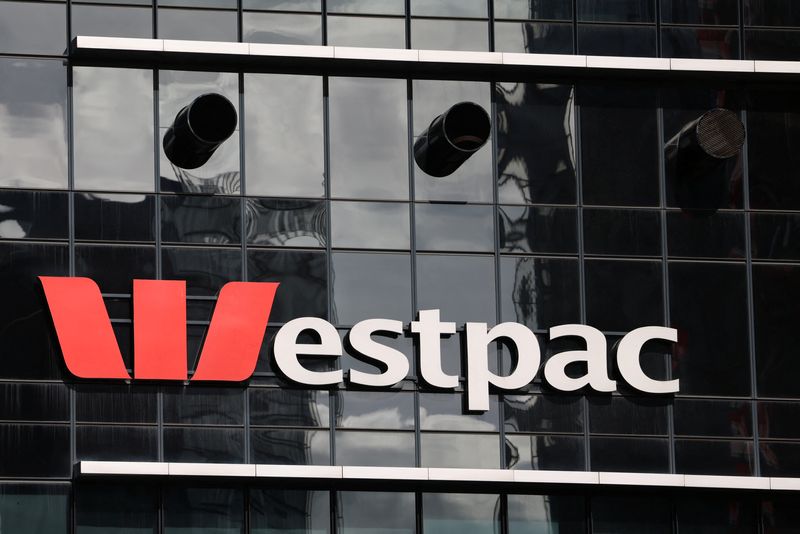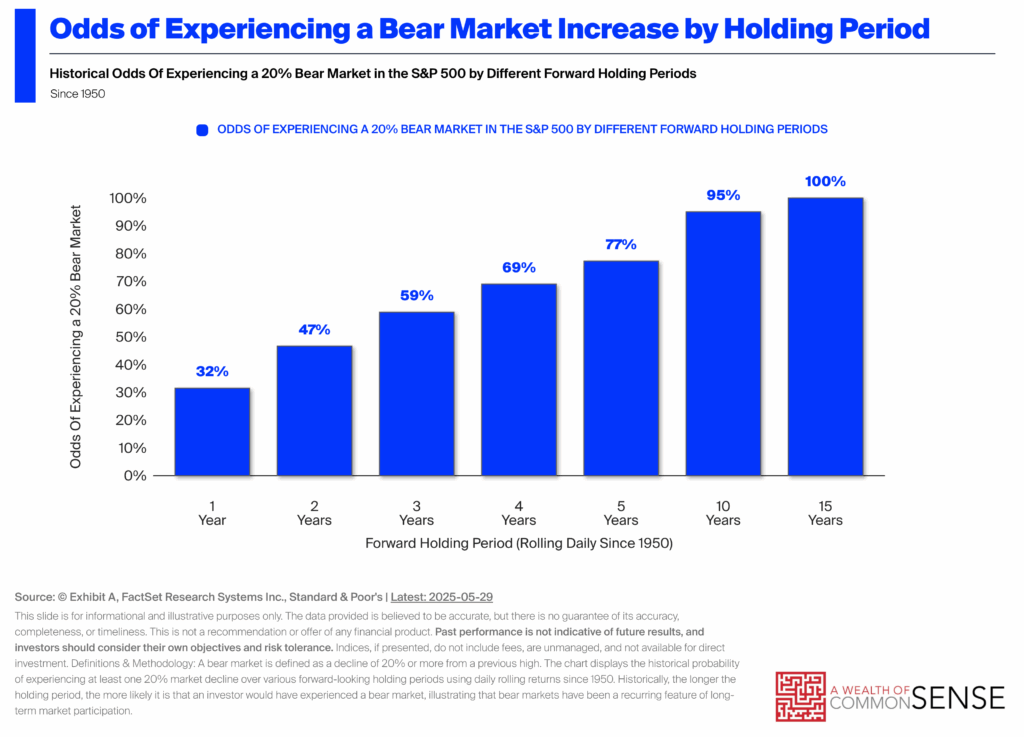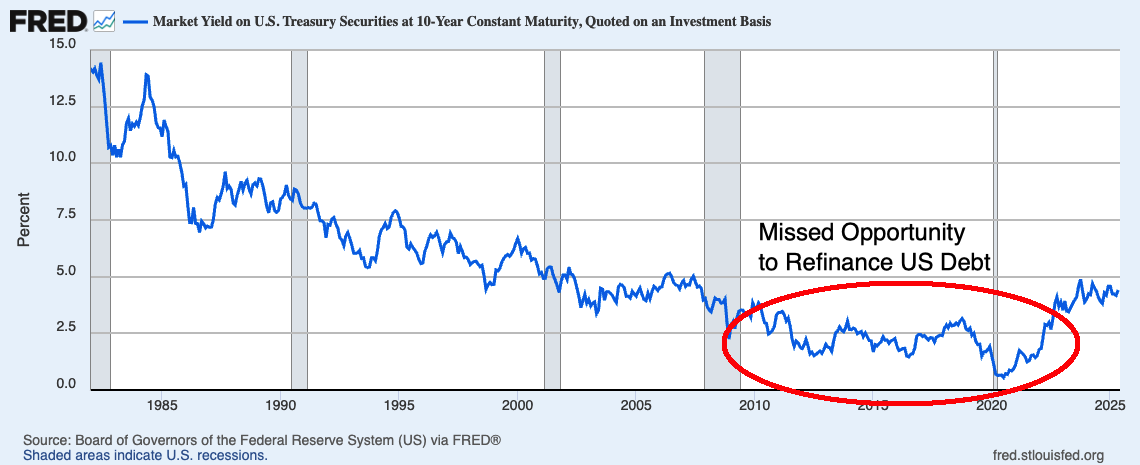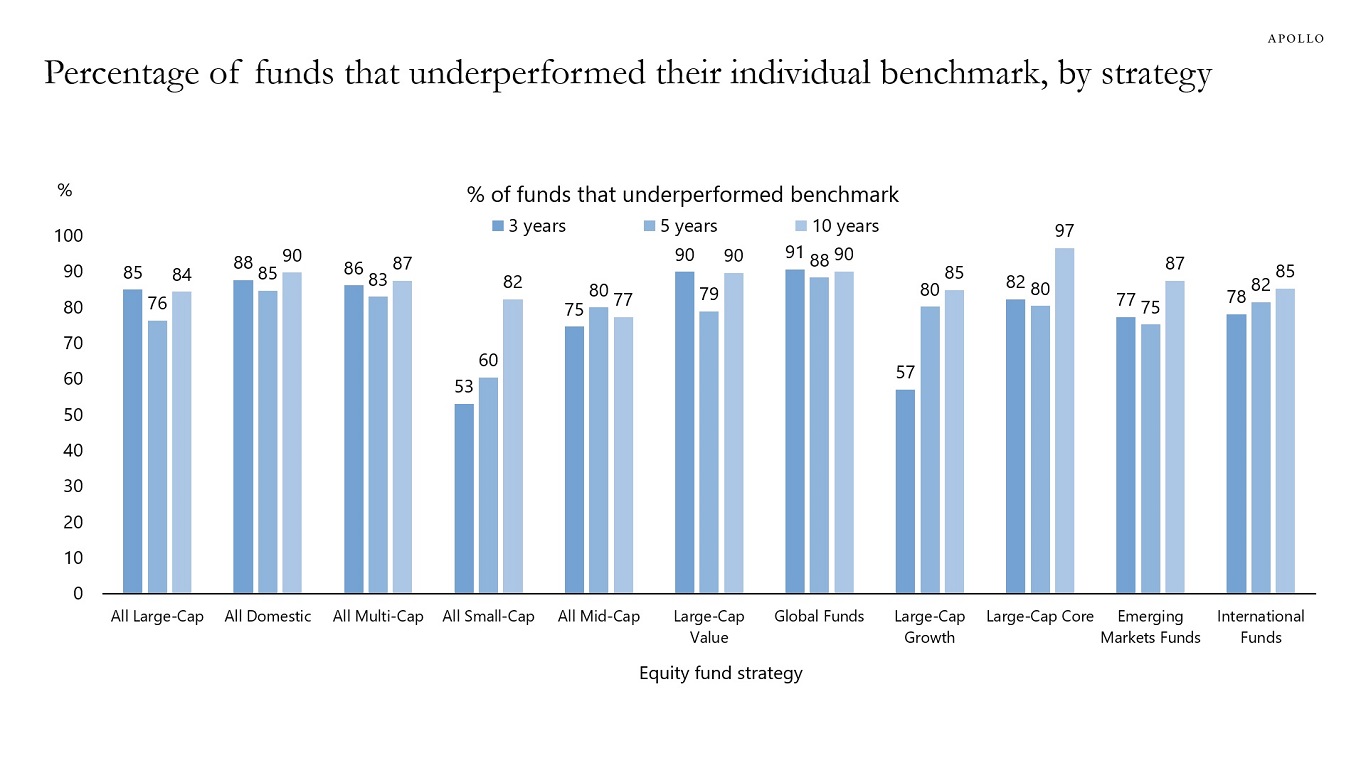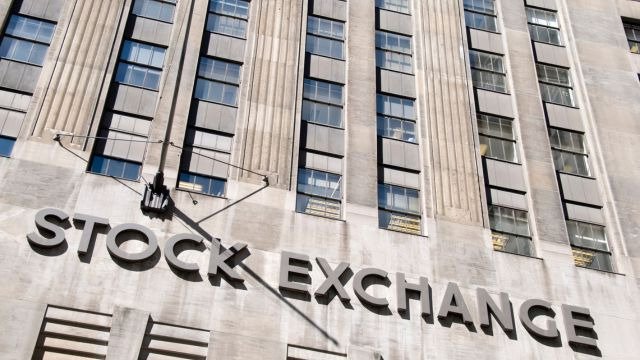Prediction: Walmart (WMT) Will be the Next $1 Trillion Stock
Walmart (NYSE:WMT), the world’s largest retailer, operates a sprawling empire that serves millions daily, blending physical and digital commerce to meet diverse consumer needs. It operates over 4,600 stores offering groceries, electronics, and apparel, and its membership-based warehouse chain Sam’s Club, has 600 locations. The retailer’s rapidly growing global e-commerce platform, including Walmart.com and Walmart+, […] The post Prediction: Walmart (WMT) Will be the Next $1 Trillion Stock appeared first on 24/7 Wall St..

Key Points in This Article:
-
Walmart’s (WMT) dominance in retail, spanning physical stores, e-commerce, and high-margin advertising, positions it for significant growth in a cost-conscious market.
-
Strategic e-commerce expansion and international market penetration enhance Walmart’s ability to capture market share despite economic challenges.
-
While tariffs and inflation pose risks, Walmart’s low-price model and operational efficiencies ensure resilience and long-term valuation growth.
-
Nvidia made early investors rich, but there is a new class of ‘Next Nvidia Stocks’ that could be even better. Click here to learn more.
Walmart (NYSE:WMT), the world’s largest retailer, operates a sprawling empire that serves millions daily, blending physical and digital commerce to meet diverse consumer needs. It operates over 4,600 stores offering groceries, electronics, and apparel, and its membership-based warehouse chain Sam’s Club, has 600 locations. The retailer’s rapidly growing global e-commerce platform, including Walmart.com and Walmart+, hit $100 billion in sales in 2024.
Walmart International spans 19 countries, generating $122 billion annually, with strongholds in Mexico and India. The company also diversifies into high-margin areas like advertising through Walmart Connect, which generated $4.4 billion in revenue last year, and health services, including in-store clinics.
In 2025, Walmart’s low-price model thrives amid inflation, which at 2.3%, remains above the Federal Reserve’s 2% target, and tariff-driven price pressures, attracting cost-conscious shoppers, including higher-income households. Its omnichannel strategy — integrating stores, fast delivery, and digital platforms — continues to capture market share as competitors falter.
With a $780.1 billion market cap, Walmart’s scale, digital transformation, and resilience position it for significant growth in a volatile economic landscape.
The Path to a $1 Trillion Valuation
To reach a $1 trillion market cap, Walmart’s valuation must rise 28% from its current $780.1 billion level, implying a share price of around $122 per share, up from its current $97 per share, based on 8.1 billion shares outstanding. This target is achievable within two to three years, driven by steady sales growth, margin expansion, and a premium valuation.
In the first quarter, Walmart reported $165.6 billion in revenue, up 2.5% year-over-year, with U.S. comparable sales rising 4.5% (ex-fuel) and e-commerce soaring 22% globally, achieving its first profitable quarter. Annual revenue reached $681 billion, up 5.1%, with earnings of $2.42 per share for fiscal 2025.
To hit $1 trillion by 2027, Walmart needs approximately 6% annual revenue growth to about $770 billion and earnings growth of 10% to $2.93 per share, assuming a forward P/E expansion from 39x to 42x, reflecting investor confidence in its digital and advertising ventures.
An Opportunity to Grow
Walmart has significant tailwinds behind it. Its low-price strategy draws shoppers amid tariff-induced price hikes, with 20% of the retailer’s imports potentially impacted. The fourth quarter saw 4.6% U.S. comps growth, with transactions up 2.8%, as cost-conscious consumers, including high-income earners, traded down.
E-commerce, which now represents almost 18% of sales, is projected to grow 20% annually. This growth is fueled by the Walmart+ membership program, which saw 16% growth in Q4, and by store-fulfilled delivery, which outpaced pickups in the first quarter.
Advertising revenue surged 50% in Q1, leveraging Walmart’s digital platforms. Meanwhile, international markets such as Mexico are targeting $200 billion in gross merchandise value by 2028. It also plans to double profits and its digital sales mix. Operating margin expanded 18 basis points in the quarter to 5.1%, reflecting the retailer’s efficiencies in automation and higher-margin ventures like Walmart Connect.
Confronting the Risk Threat
Despite its strengths, Walmart faces significant risks. Tariffs will raise prices on general merchandise, primarily from China, forcing Walmart to pass costs to consumers or absorb them, potentially squeezing its thin margins. CEO Doug McMillan told analysts Walmart won’t be able to absorb all the costs.
He said efforts to mitigate this by substituting tariffed components for non-tariffed ones, such as replacing aluminum with fiberglass, are underway, but price hikes are expected by June. Inflation will strain consumer budgets, which may boost grocery sales, but will dampen higher-margin discretionary purchases like apparel.
Elevated interest rates will also increase borrowing costs for Walmart’s $36.5 billion long-term debt, potentially limiting expansion. The possibility of a recession caused by tariffs could also curb consumer spending, though Walmart’s value proposition has historically gained market share during downturns.
Walmart has proven particularly adept at countering these risks. Its scale allows aggressive cost management, as seen with the price rollbacks in Q1 and in its supplier negotiations. E-commerce profitability and high-margin advertising offset retail pressures, while international growth diversifies its revenue.
Unlike the tech giants facing tariff-related slowdowns, Walmart’s essentials-driven model thrives during periods of uncertainty.
When Will Walmart Cross the Threshold?
Walmart’s stock rose 72% in 2024, far outpacing the S&P 500’s 24% gain, but that is a pace that can’t be maintained. Shares are up 8% in 2025, however, making a 28% gain by 2027 feasible. With 6% to 7% annual sales growth and earnings reaching $2.93 per share, achieving a trillion-dollar valuation is reasonable given Walmart’s digital transformation and resilience during recessions.
Risks like tariffs and inflation may temper this year’s returns, but Walmart’s ability to attract shoppers during economic stress supports the case for long-term steady growth. By leveraging e-commerce, advertising, and global markets, Walmart could achieve a $1 trillion valuation by late 2027, cementing its place among elite stocks.
The post Prediction: Walmart (WMT) Will be the Next $1 Trillion Stock appeared first on 24/7 Wall St..

















































